Operations And Supply Chain Management 9th Edition Roberta Russell – Test Bank
Chapter 4:
Product Design
True/False
- 1. Product design has a tremendous impact on the quality of a manufactured good or service.
Ans: True
Difficulty: Easy
Learning Objective: LO 1
Bloom’s: Comprehension
- 2. Dismantling and inspecting a competitor’s product to identify design features that might be used to improve your own product is known as reverse engineering.
Ans: True
Difficulty: Easy
Learning Objective: LO 1
Bloom’s: Knowledge
- 3. An effective design process matches product characteristics with customer requirements.
Ans: True
Difficulty: Easy
Learning Objective: LO 1
Bloom’s: Knowledge
- 4. Comparing a product or process against the best-in-class is known as reverse engineering.
Ans: False
Difficulty: Easy
Learning Objective: LO 1
Bloom’s: Knowledge
- 5. Creating preliminary design models that are quickly tested and either discarded or further refined is known as rapid prototyping.
Ans: True
Difficulty: Easy
Learning Objective: LO 1
Bloom’s: Knowledge
- 6. Form design refers to the physical appearance of a product.
Ans: True
Difficulty: Easy
Learning Objective: LO 1
Bloom’s: Knowledge
- 7. A product’s reliability is a function of the reliabilities of its component parts, but not a function of how those parts are arranged.
Ans: False
Difficulty: Easy
Learning Objective: LO 1
Bloom’s: Comprehension
- 8. To increase system reliability redundant parts can be built in to back up a failure.
Ans: True
Difficulty: Easy
Learning Objective: LO 1
Bloom’s: Comprehension
- 9. Products assembled in modules can be easier to repair and maintain.
Ans: True
Difficulty: Easy
Learning Objective: LO 1
Bloom’s: Comprehension
- 10. One quantitative measure of maintainability is mean time to repair (MTTR).
Ans: True
Difficulty: Easy
Learning Objective: LO 1
Bloom’s: Knowledge

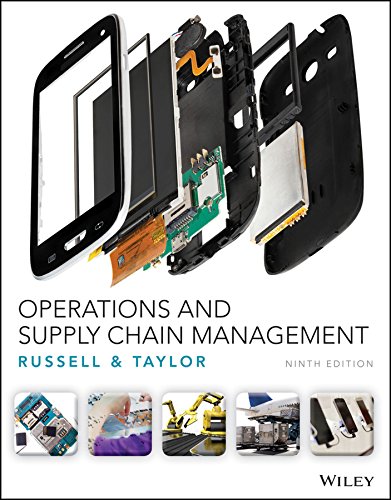
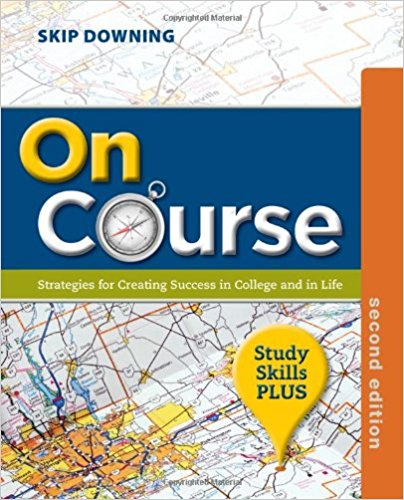



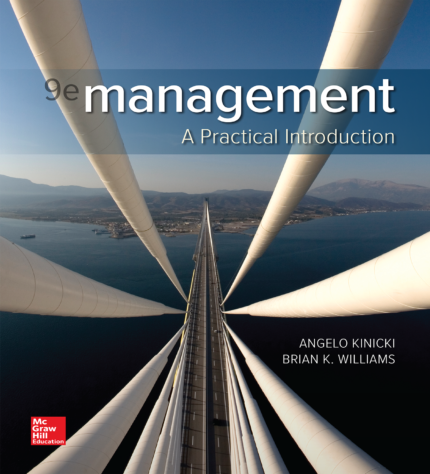
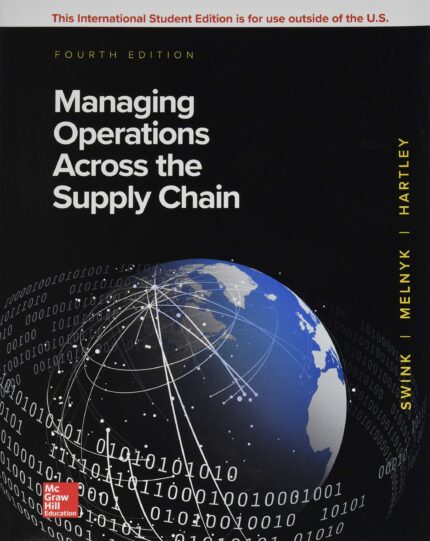
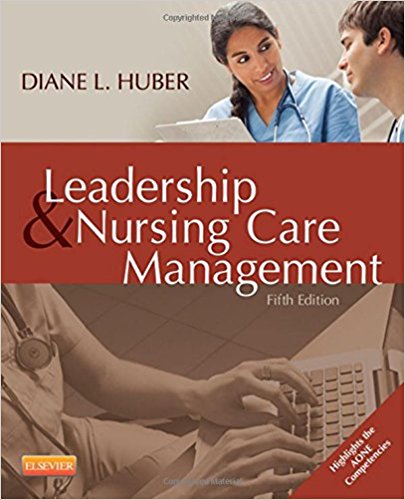
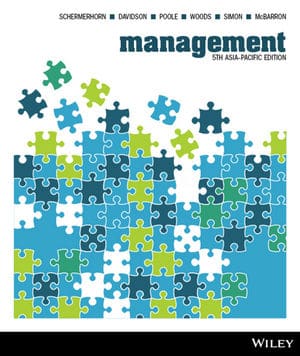
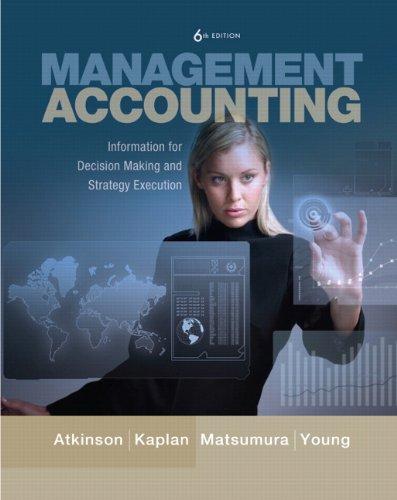
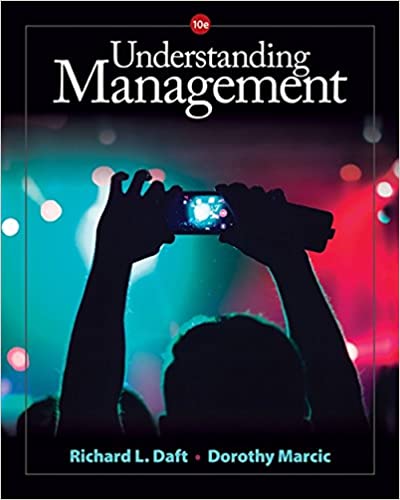

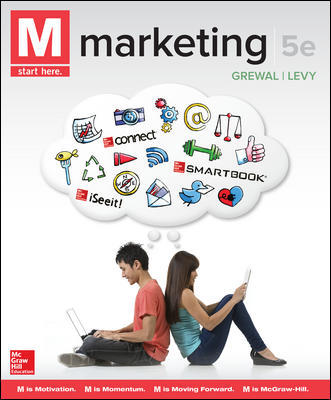
Reviews
There are no reviews yet.